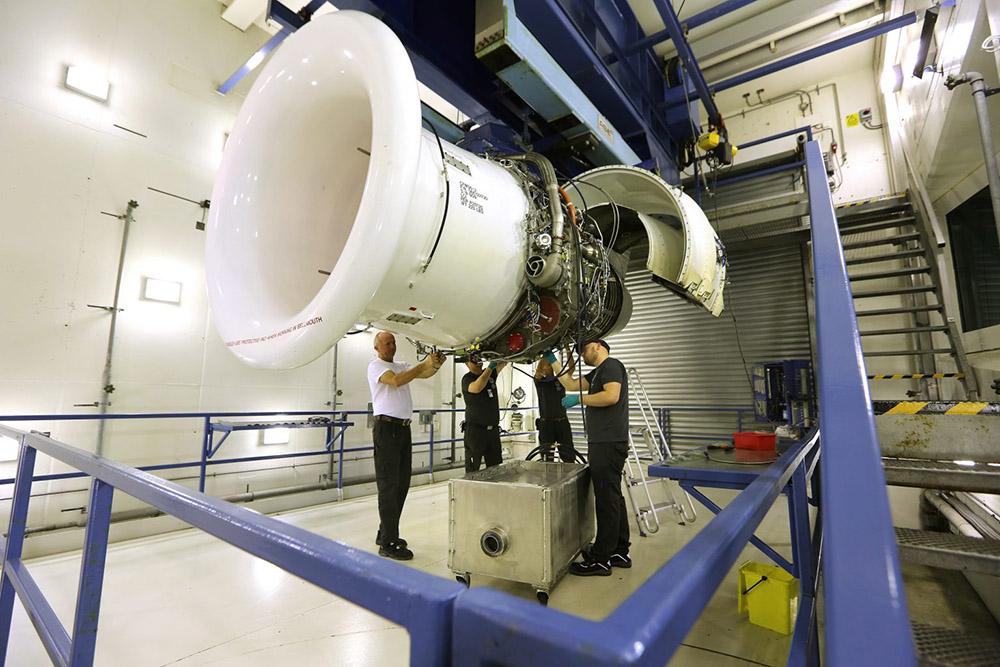
While several airlines, especially in Europe, are struggling to meet the pent-up demand for travel, engine MROs are collaborating closely with carriers to adjust capacity alongside demand in readiness for a busy summer season.
In the current environment, it is likely that operators are unwilling to pay for a full performance restoration, so Aero Norway has adapted to provide a wider range of options. Ramon Peters, global sales and marketing director, says the Aero Norway can complete ‘surgical strikes’ and can improve exhaust gas temperature (EGT) margin without the need to complete a core performance restoration.
“If an operator wants to fly out the remaining LLP (life limited parts) life but needs to improve EGT margins, then they know they can contact us with confidence,” he suggested.
Aero Norway has an active trading program, including the buying and selling of used material and the teardown of engines for parts. “The volume of material for the CFM56-3 engine has fallen over the past five years, and yet in 2021 Aero Norway completed work scopes on over 40 CFM56-3 engines,” says Peters.
Pre-pandemic, Aero Norway believed that the number of CFM56-3 engines passing through its facility would decline as the impetus moved toward the CFM56-5B/-7B series. “However, a significant uptick in utilization rates by many 737 Classic freighter operators translated to an urgent requirement for the completion of several maintenance tasks on the legacy engine type,” says Peters.
Aero Norway’s focus on CFM56-5B/-7B engines is only partially driven by the high number of upcoming Airbus A321 and Boeing 737-800 passenger-to-freighter conversions. The effect of the 737 MAX delay has also meant that many CFM56-5B/7B engines have remained on-wing for longer than planned, and these will soon require a variety of shop visits.
As the CFM56 engine matures, operators will be looking at how best to optimize the engine's life. At Aero Norway, this is split into two strategies: firstly the -3 and secondly - 5B/7B. “The -3 engines are mostly being used for cargo aircraft, so building a relatively low build life to meet the customers requirement is key,” says Neil Russell, Aero Norway’s chief operating officer.
However, Russell notes that the higher thrust rating requires the engines to have exceptional EGT margins to have no issues through the concluding chapter of the engine’s life. “This is something that we are known for and strive for in all engines,” he says.
For the -5B/-7B engine, it is about getting the most use out of the time on wing remaining, depending on the needs of the operator. That then leads to various types of work scopes, from LLP and performance restoration to low pressure turbine swaps, through to hospital visits to replace defective parts that cause repeat inspection, Russell suggests.
In terms of access to materials, Aero Norway is seeing fewer builds to put new, full life LLPs into the engines. Russell says several operators and lessors are looking for half-life (or less) engines or modules. “This demand covers all models and all configurations; this leads to different costs and supply scenarios,” he says.
Aviation consultancy IBA has identified a positive momentum in the airline capacity outlook for summer 2022 and beyond, and this should see a rebound in shop visits for heavy engine overhauls.





